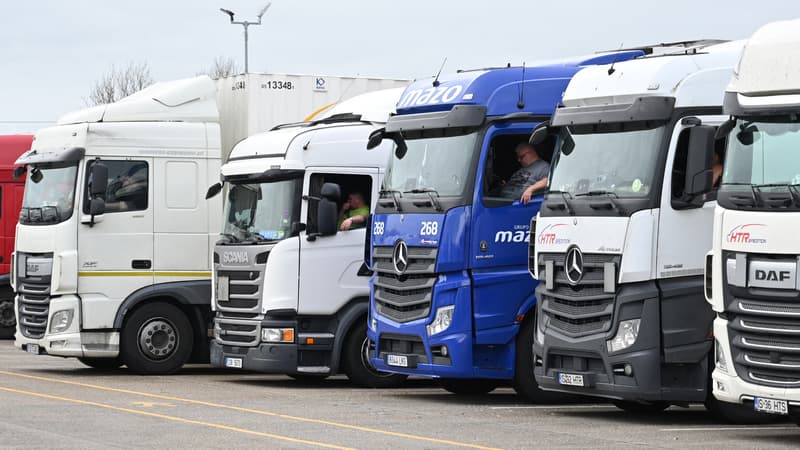On February 14, 2023, the European Commission presented its revision text of the CO2 emission standards for new heavy-duty vehicles. We can be pleased that the European Union is finally addressing the issue of road freight transport. This was all the more urgent as the Commission itself has recognized that HGVs are responsible for around a quarter of CO2 emissions from EU road transport and around 6% of total greenhouse gas emissions. greenhouse effect.
Think of a “real use case”
Long removed from the concern of the general public, road transport does not only affect long distances. In fact, the “last delivery mile” includes many intra- and peri-urban vehicles that, like cars, are affected by the new low-emission mobility zones (ZFE-m).
It is true that the players in the sector are lost in the false promises of the different technologies, particularly hydrogen, which will be very difficult to compete at the total cost level (on-board technology and supply of green hydrogen). Batteries, contrary to a number of fake news reports, do not pose a critical material supply risk and are highly recyclable.
Beyond European regulations and regulatory limitations, the real change must occur in the approach of professionals and transport companies. It’s time to step up because the green transition of road transport is full of opportunities. We must evolve and think about “real use cases”, because it is a field of possibilities that is opening up.
Adaptation for public services
The retrofitting of vehicles of more than 3.5 tons with lithium batteries of good size, allows to gain significantly in economic competitiveness and carbon weight. This rapid and accessible transformation of vehicle fleets allows for a price cut in half compared to new electric vehicles, with a carbon gain of up to 87%, and maintenance will be significantly reduced throughout the life. vehicle life. This is just the beginning of a big industrial change with new players, particularly in France.
Road transport of goods or people requires, like everyone else, sobriety in their needs. Making the right decisions, in terms of range and installed battery capacity, can significantly limit the cost of charging infrastructure. The example of the conversion of school buses to electric is striking: it is possible to integrate a charger equivalent to that of the Renault Zoé for a 19-tonne coach, with a difference in infrastructure cost divided by four charging points compared to conventional solutions.
Freight solutions for carriers
The contribution of new fleets of trucks and utility vehicles should allow the players in the sector to recover their energy and control their costs. We often talk to Electric Charge about a possible future power shortage tied to the full-scale transition in many vehicles. It is quite the opposite. Just as carriers today have a private fuel station for their site, it is technically and economically competitive to install solar charging solutions on or near the site. This is a huge gain in terms of energy self-sufficiency, because it allows you to control part of your local electricity supply, with a stable competitive price for decades.
The icing on the cake, in a few years, it will be possible to financially boost these multiple batteries that represent a huge reserve of energy that can be mobilized instantly, and this is where fleet managers can also become part of energy specialists.
The control of carbon emissions in road transport, beyond the rapid and effective impact on global CO2 emissions, will also open up considerable potential in the energy sector. The carbon transition and economic competitiveness can be combined with an appropriate strategy.
Source: BFM TV


